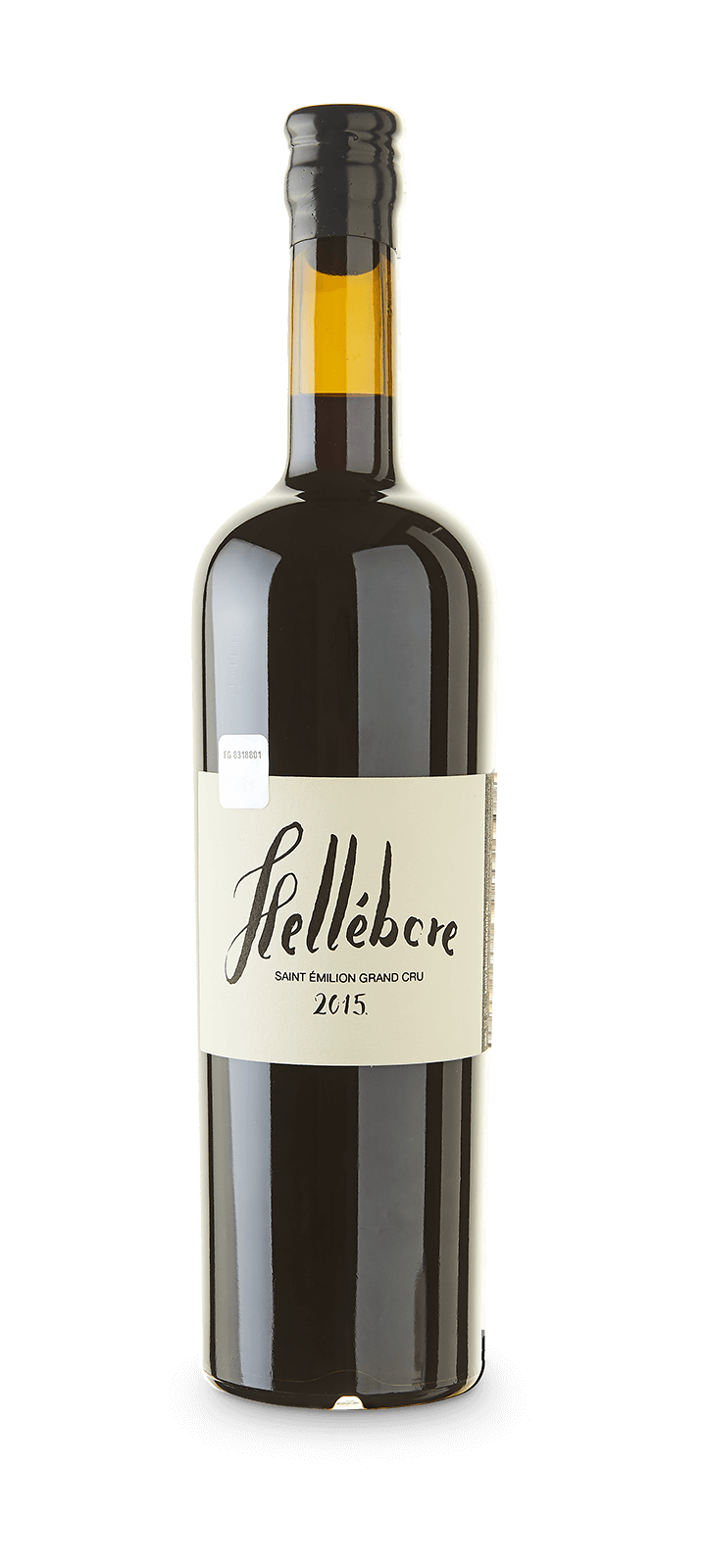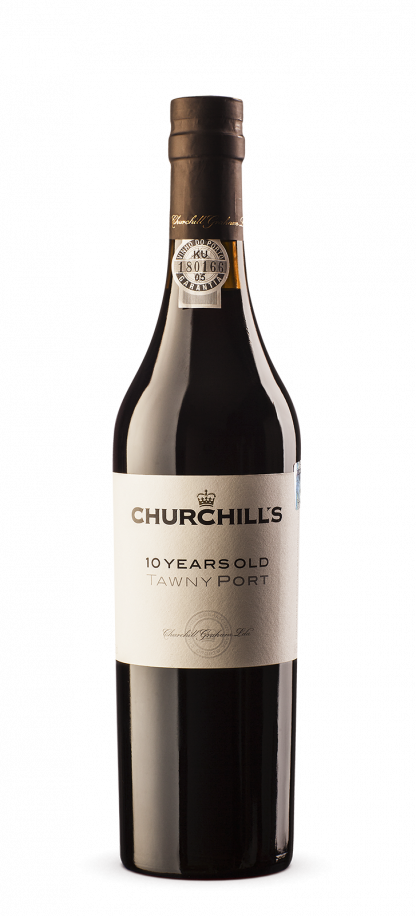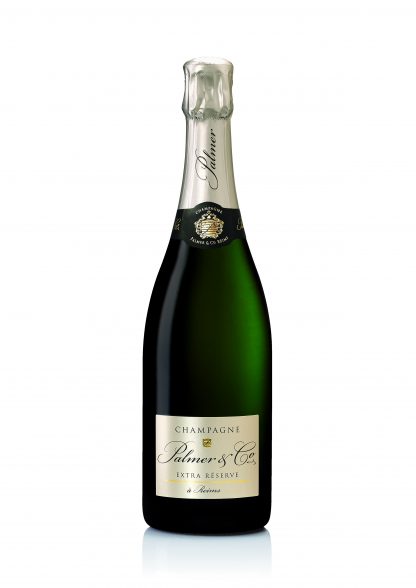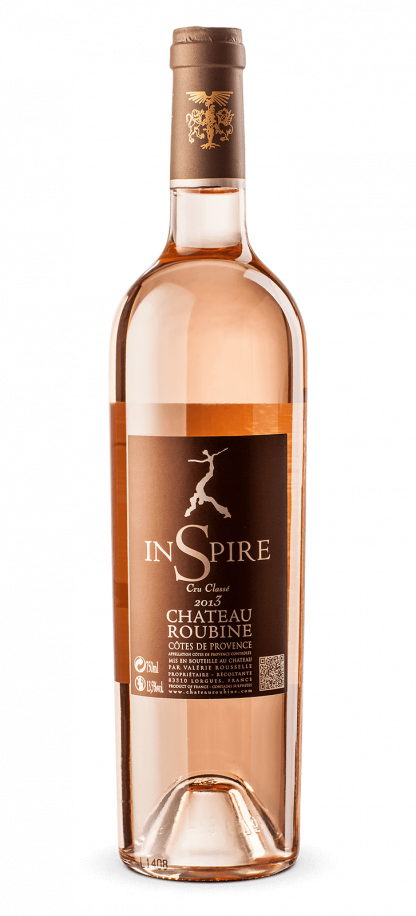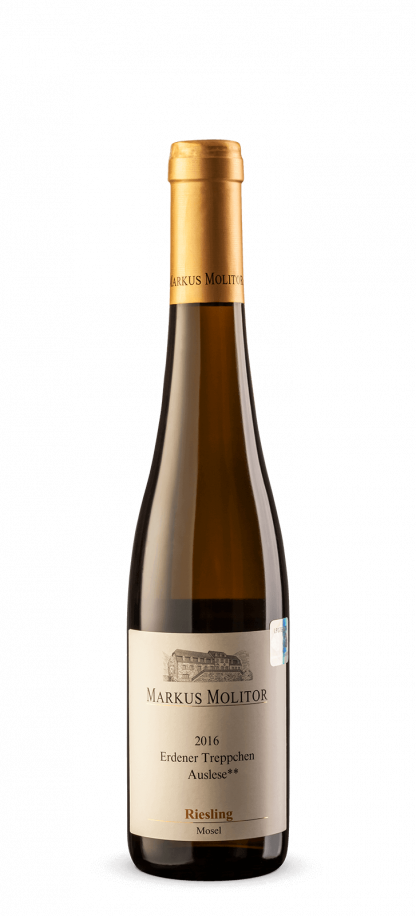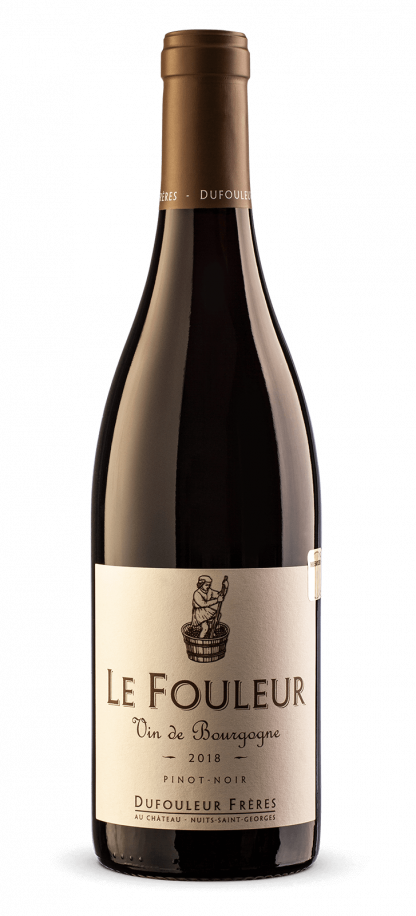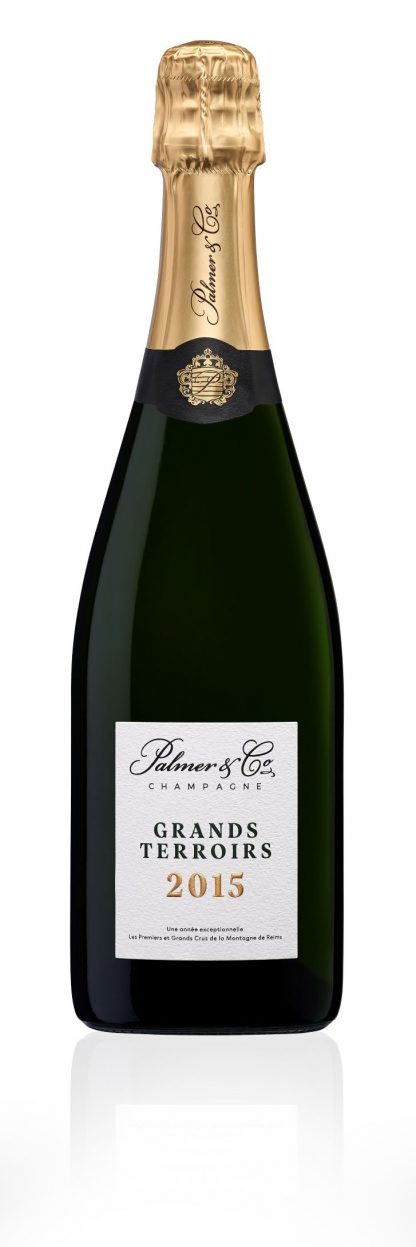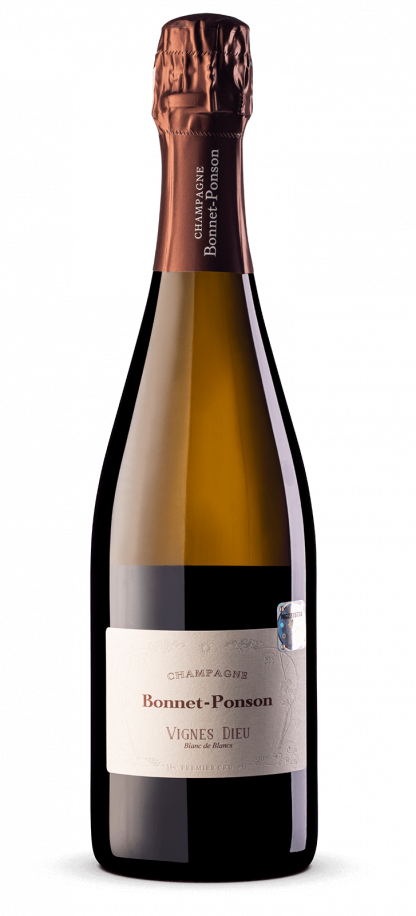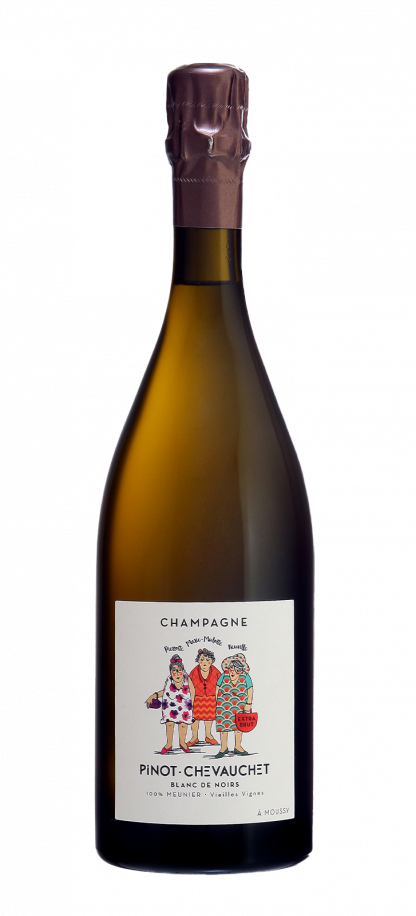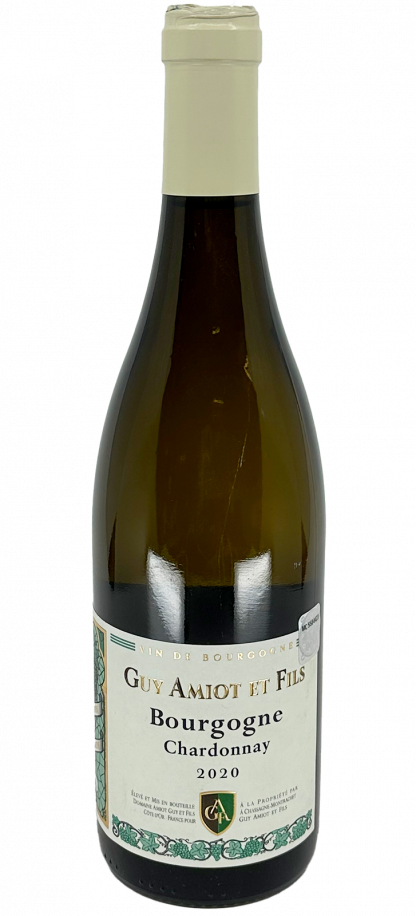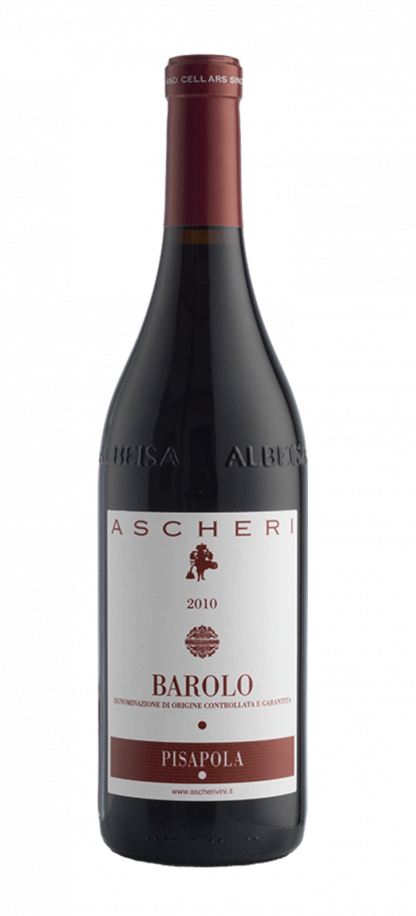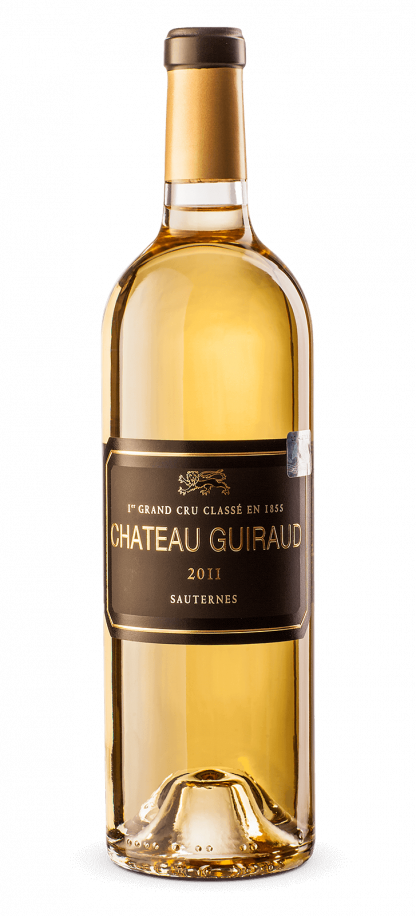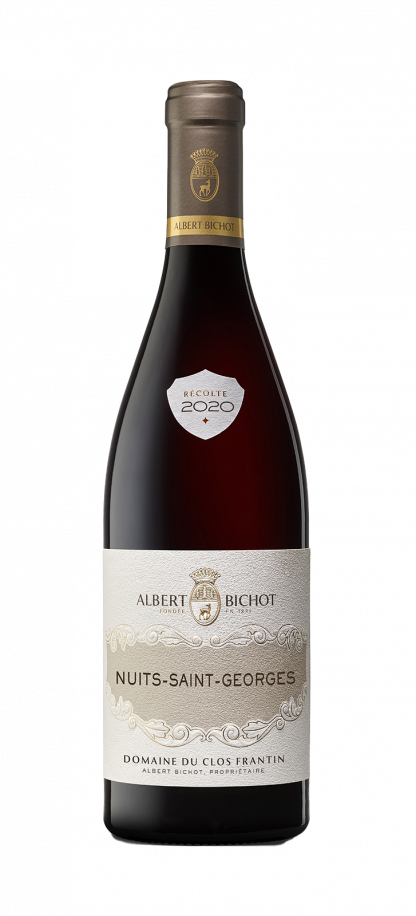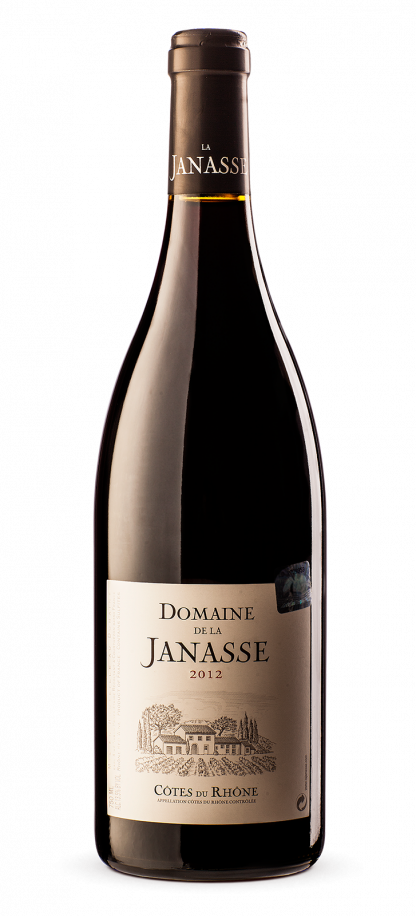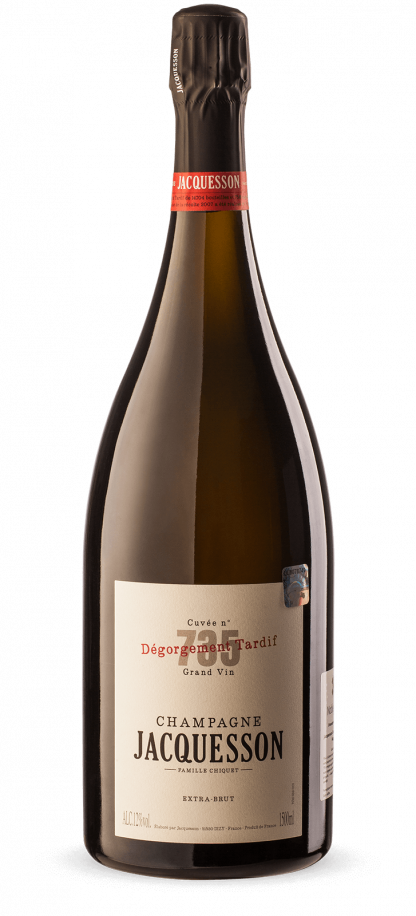“Hellébore” St. Emilion Grand Cru 2015
The wine offers an enticing aroma of ripe dark fruits, such as black cherries and plums, elegantly intertwined with notes of vanilla, cocoa, and a subtle earthiness, courtesy of its aging in French oak barrels. On the palate, “Hellébore” 2015 presents a rich and full-bodied experience, with a velvety texture and layers of complex flavors, including dark berries, espresso, and a hint of spice, leading to a long, gracefully aged finish. This wine’s profound depth and elegance make it a standout representation of its vintage and appellation.
Pairing “Hellébore” St. Emilion Grand Cru 2015 with robust dishes such as grilled ribeye steak, braised short ribs, or a luxurious truffle pasta can enhance the wine’s rich flavors and smooth tannins. It also pairs exceptionally well with aged cheeses, where the intensity of the cheese complements the wine’s complexity and depth. These food pairings not only celebrate the wine’s exquisite character but also create a memorable culinary experience that highlights the harmony between food and wine.
17 in stock







